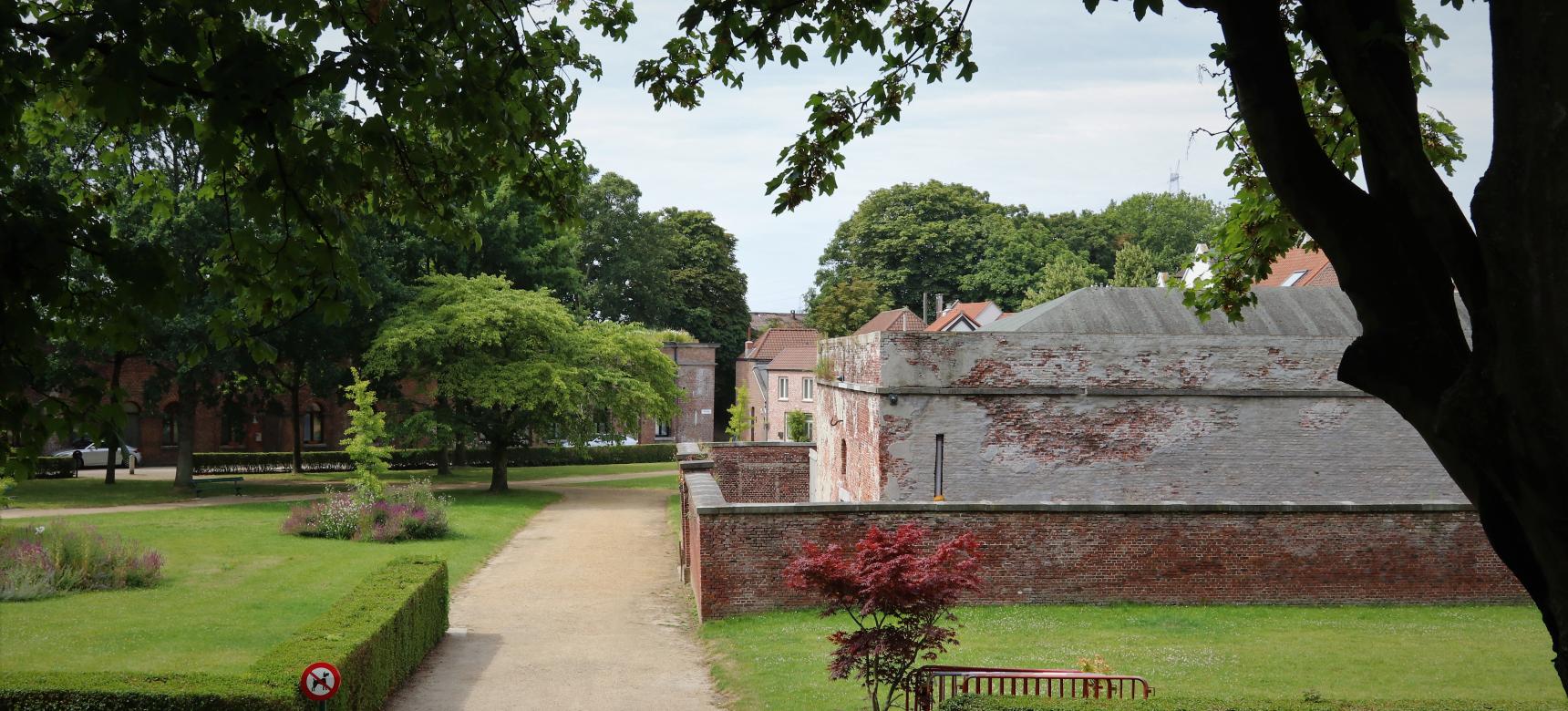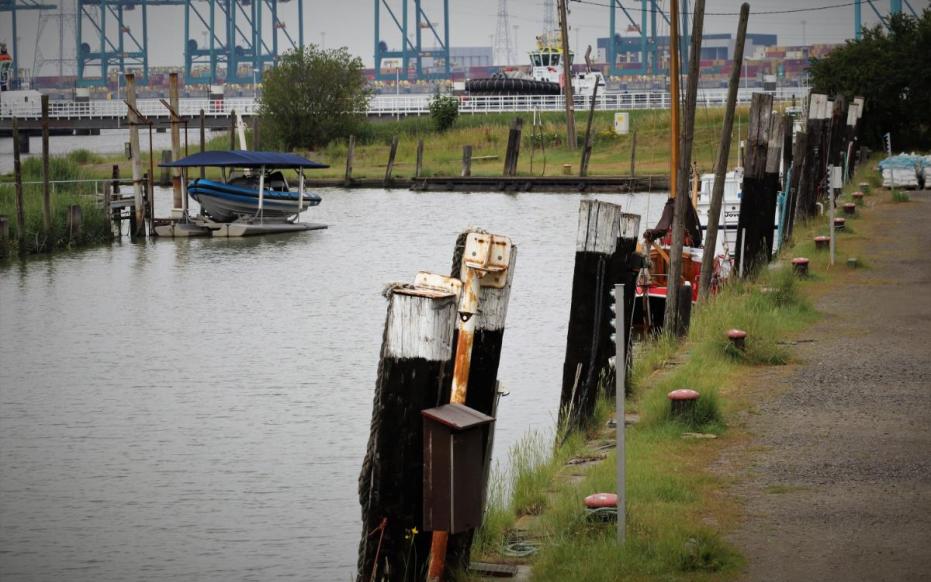Fort Lillo is unique in its kind. Not only because of its strategic location on the Scheldt, directly opposite Fort Liefkenshoek, but also because it is still inhabited. While the surrounding polder landscape and the old village had to make way for the expansion of the port of Antwerp, the fort remained standing. And with some thirty residents, Fort Lillo is now a living piece of history.
Built around 1580, Fort Lillo has seen the flags of many nations fly: Spanish, Dutch, French, Austrian and finally Belgian. Together with Fort Liefkenshoek, it was able to close off the Scheldt. This made it a crucial defensive point for access to Antwerp.

